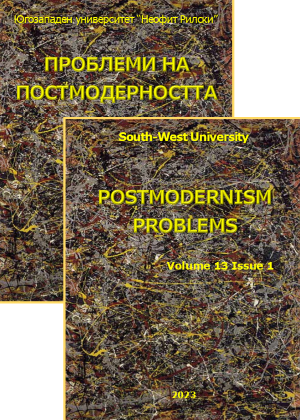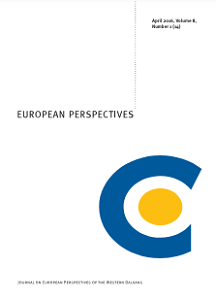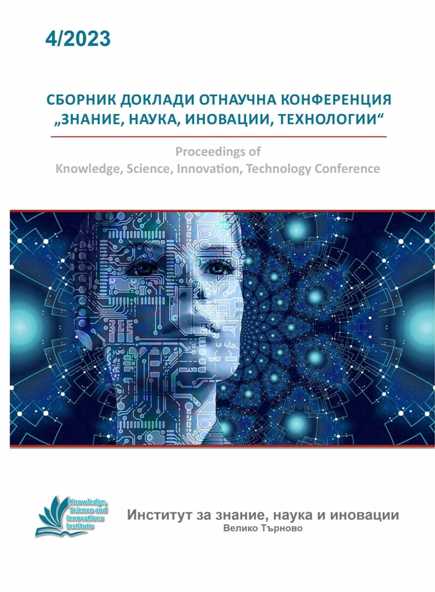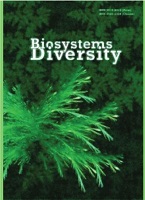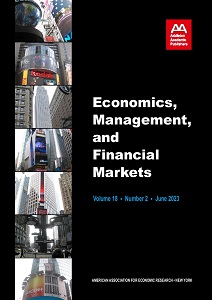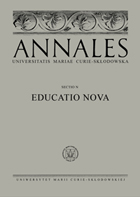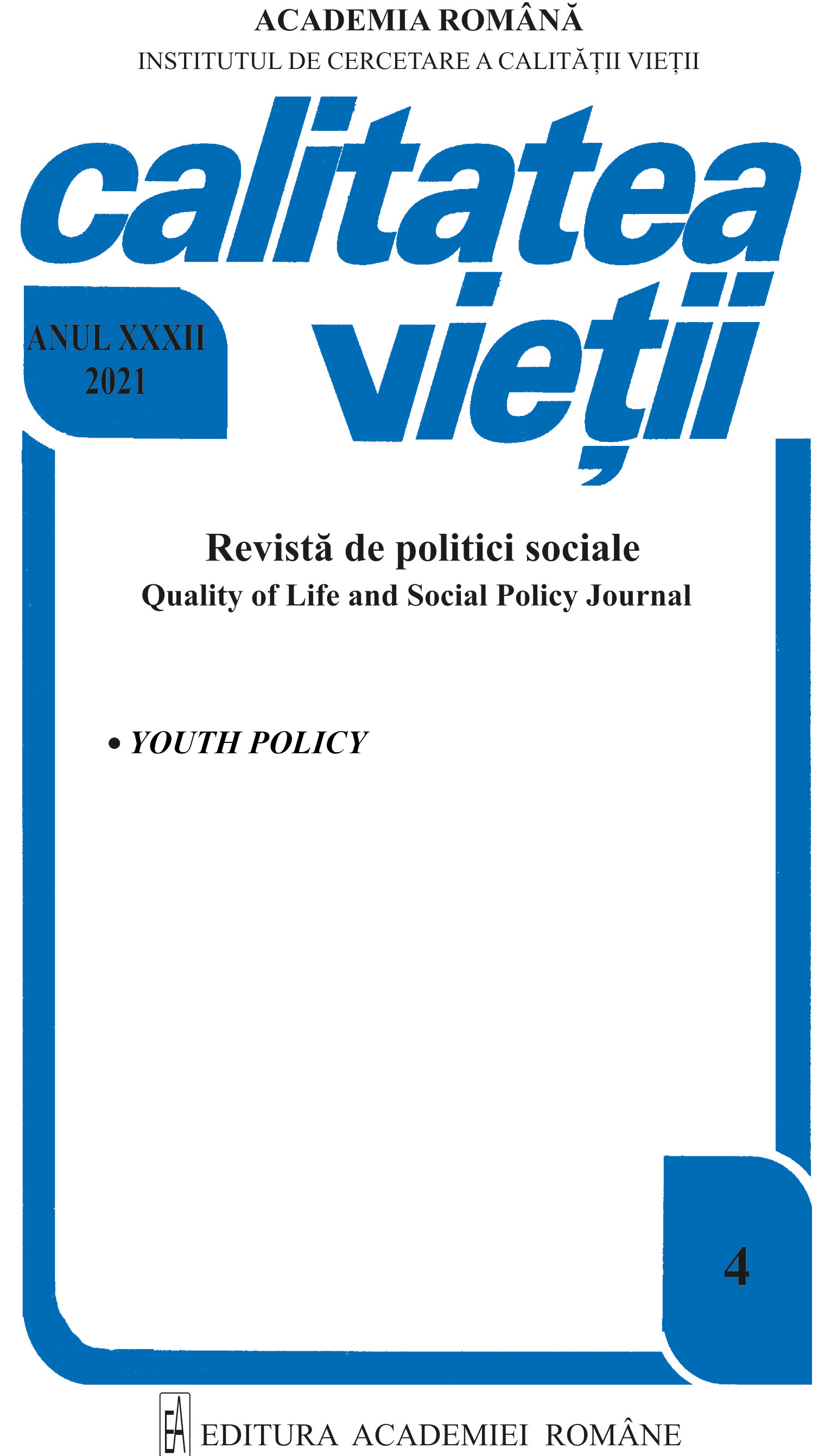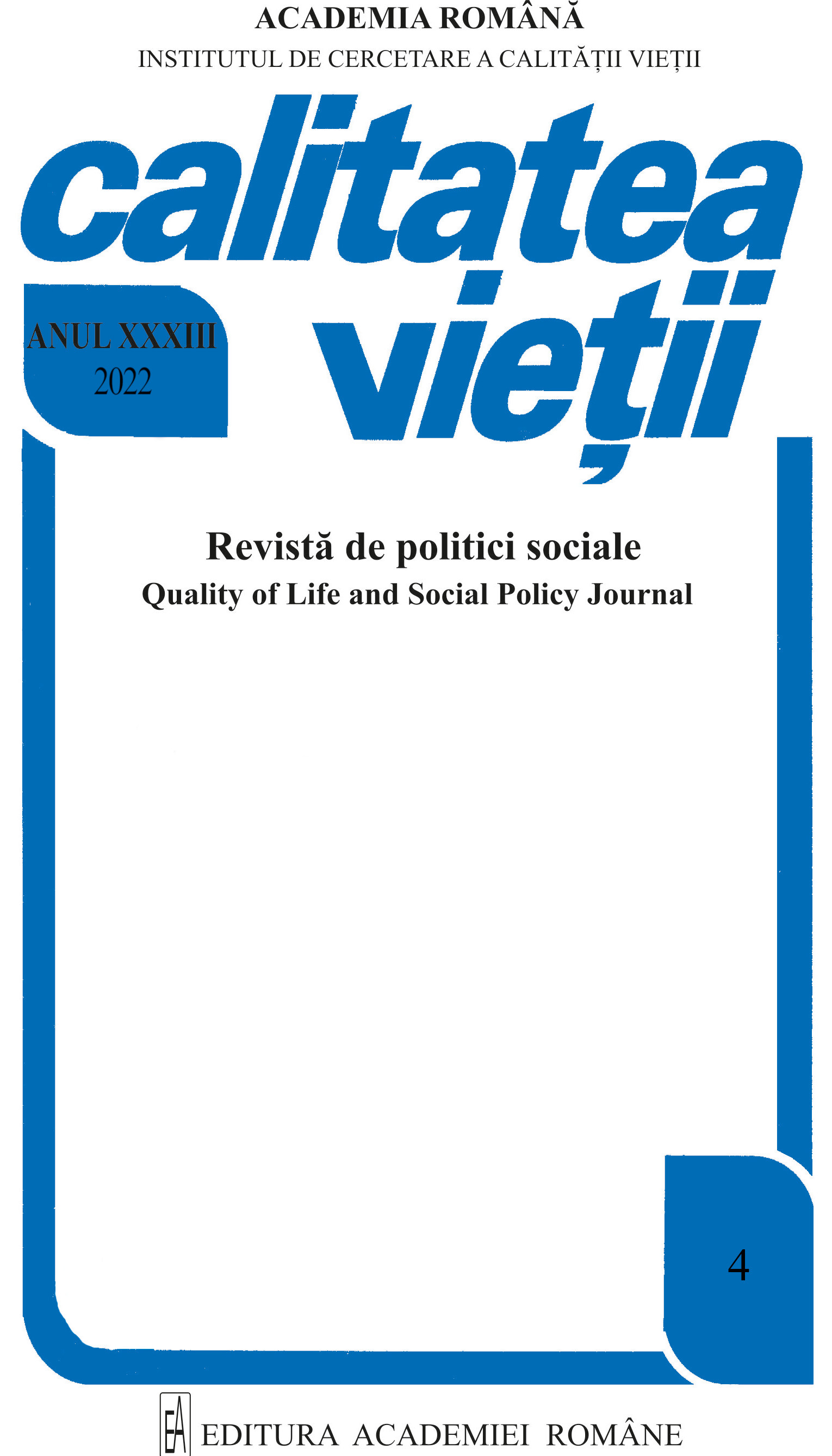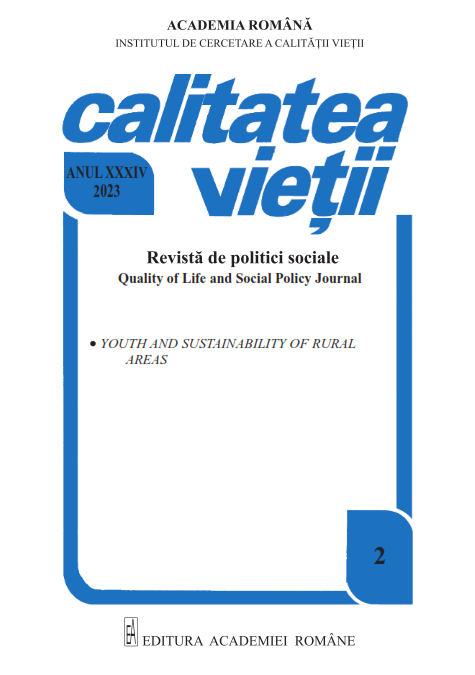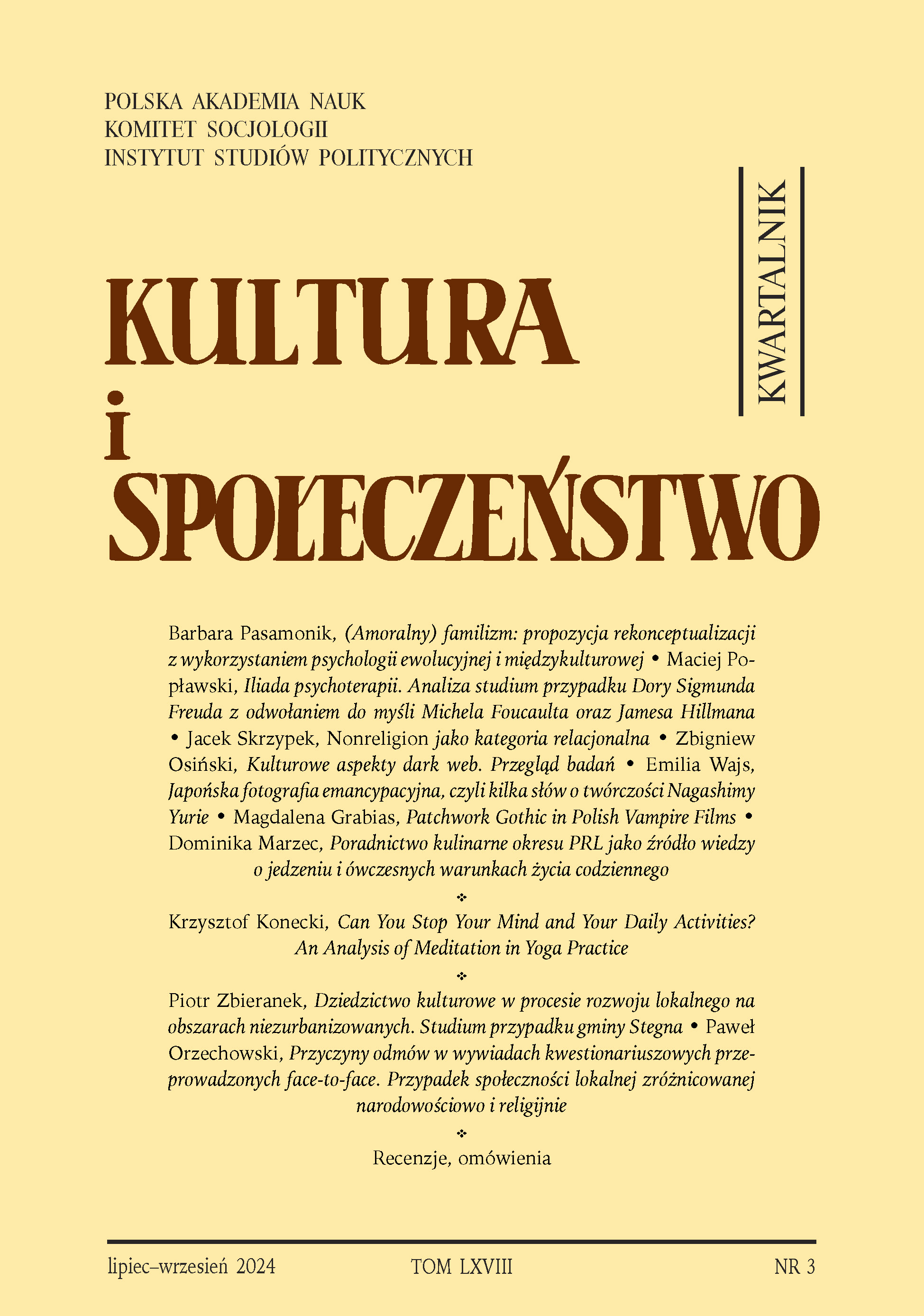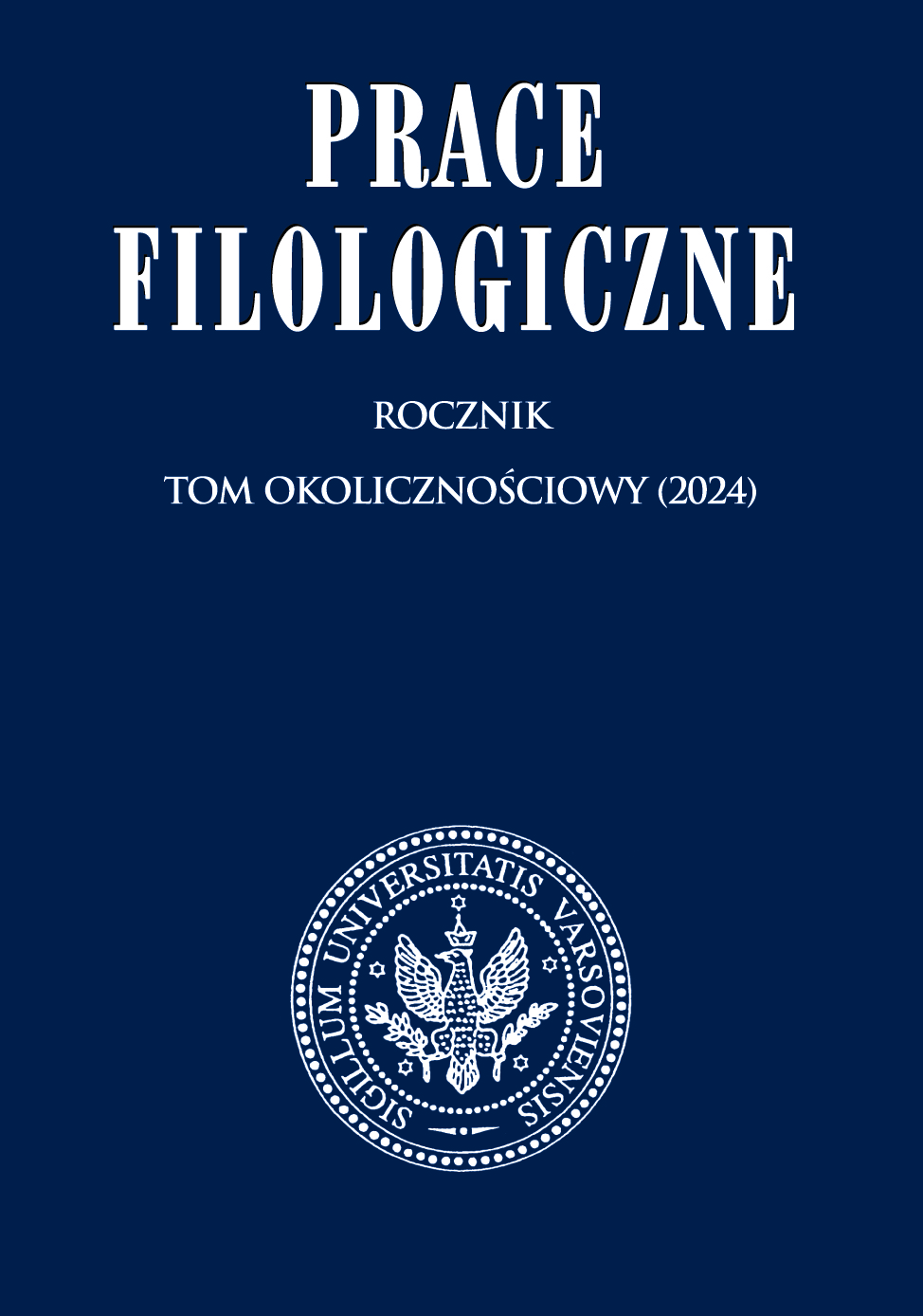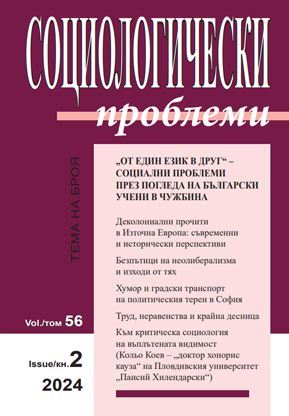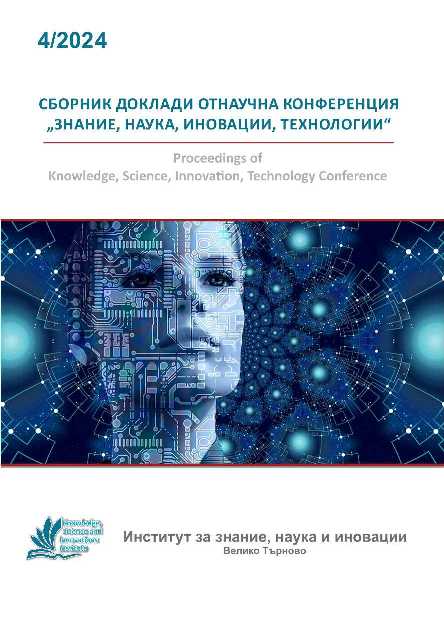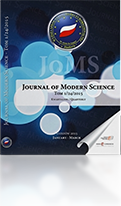
Jawność działania organów wykonawczych jednostek samorządu terytorialnego – wybrane zagadnienia
The article contains a brief discussion of the problem of openness of activities of executive bodies of local and regional government on the commune/municipality, district, and province level. After a brief introduction, the authors analyzed the constitutional and statutory conditions for access to public information and the nature of openness of activities of public authorities. The authors discussed not only on the key constitutional provisions but also selected articles of the Act on access to public information in the context of the openness principle. The next part of the article discusses the problem of public information in the practical activities of district heads, district management boards, and province management boards. Of course, openness of activities of executive bodies is subject to numerous limitations; therefore, the analysis that followed focused on the scope of openness of activities of executive bodies of units of local and regional government. The scope of such activities is regulated in detail in Art. 6 of the Act on access to public information. In the conclusion, the authors mentioned the few publications related to the problem of openness of activities of executive bodies of units of local and regional government and the need for analysis of many other issues related to this subject, which the authors were unable to discuss due to the limited size of the article.
More...
